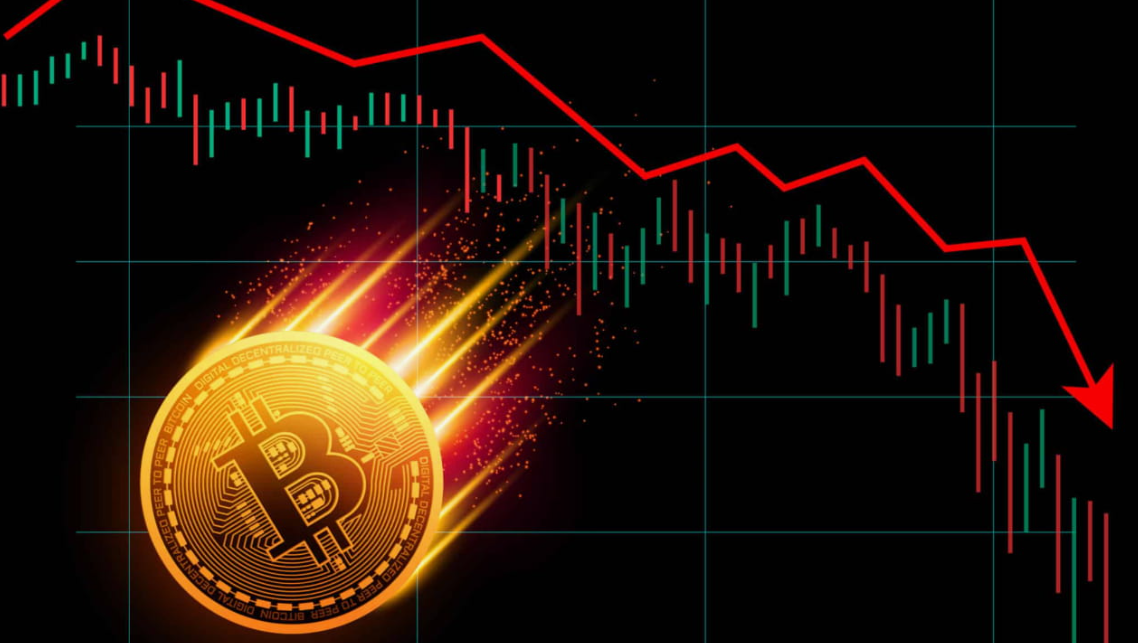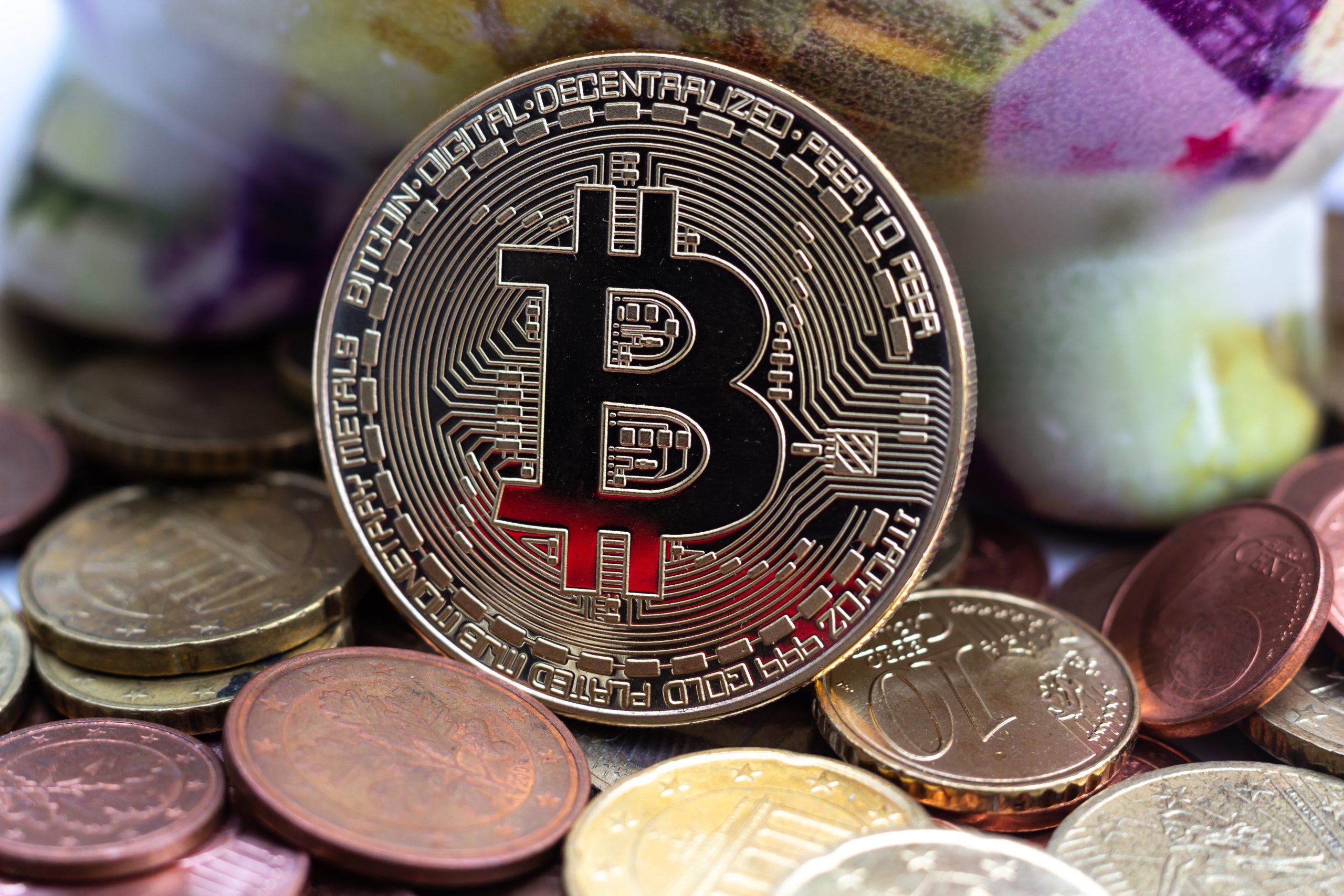Cryptocurrency – it’s like a thrilling rollercoaster, right? One day, it’s up; the next, it’s down. For new investors, crypto’s recent price swings might seem intimidating, but understanding what this volatility means can help you ride the waves better. In this article, we’ll explore what’s going on in the crypto world, why prices are so unpredictable, and how new investors can navigate these twists and turns. Let’s dive in!
What’s Driving Crypto Volatility?
Crypto prices have always been a bit wild, but lately, things have been extra unpredictable. If you’ve been watching Bitcoin, Ethereum, or any other major cryptocurrencies, you know that big price swings can happen in a matter of hours. But why?
1. Market Sentiment and Speculation
- One of the biggest drivers behind crypto prices is what people feel about them – no joke! Market sentiment changes fast, especially with news about regulations, new projects, or global economic trends.
- Speculation plays a huge role, too. Investors buying and selling based on what they think might happen can cause massive swings. If big investors suddenly decide to buy or sell, the entire market reacts.
2. Regulatory Changes
- Governments around the world have been trying to regulate crypto, and each announcement (whether it’s a crackdown or new rules) impacts prices.
- For example, when the U.S. or European Union considers new regulations, prices often dip. Investors feel uncertain and may sell off their holdings, fearing stricter rules.
3. Market Maturity
- Crypto is still relatively new, and it’s less stable than traditional markets like stocks or bonds. With fewer regulations and a smaller market size, big trades can impact prices much more than in other markets.
- Imagine a small boat in a big storm; that’s crypto compared to other investments. Even a single big investor or “whale” making moves can shake things up!
4. Economic Factors
- Just like traditional assets, cryptocurrencies are influenced by economic conditions. High inflation, changes in interest rates, or even political uncertainty can make investors look to (or shy away from) crypto.
- When inflation is high, some see Bitcoin as a “hedge” – a way to protect against losing value in their currency. This can lead to sudden jumps in prices as more people buy.
Is Volatility Bad? Let’s Look at the Pros and Cons for New Investors
For newcomers, volatility can feel scary, but it’s not always a bad thing. Let’s break down the pros and cons:
Pros of Crypto Volatility
- Big Profit Potential
- With big price swings, there’s a chance for big profits. If you time it right, you could buy low and sell high, making impressive gains.
- Think about someone who bought Bitcoin during a price dip and then sold it when it peaked – that’s the beauty of volatility.
- Learning Opportunity
- Volatility gives new investors a chance to learn. Watching price movements closely and understanding what impacts them can make you a more informed investor.
- Experience gained in a volatile market can help you understand risk and improve your overall trading skills.
- Market Correction Opportunities
- Sometimes prices swing too far up or down, creating “correction” opportunities where prices go back to a more balanced level. For savvy investors, these are chances to enter the market at a fair price.
Cons of Crypto Volatility
- High Risk of Loss
- The risk of loss is as big as the potential for gains. Prices can plummet just as fast as they rise, so a poorly timed investment could hurt.
- New investors, especially those without a solid strategy, might get caught in a dip and panic sell, locking in losses.
- Emotional Toll
- Watching your investment jump and drop can be stressful! Constant changes can make it hard to stick to a strategy.
- Many investors give in to “FOMO” (fear of missing out) or panic when prices fall. Emotional investing is a quick way to make mistakes in a volatile market.
- Market Manipulation
- Since crypto is less regulated, it’s easier for big players to manipulate prices. Some investors, known as “whales,” have enough assets to influence the entire market, and new investors can get caught up in these moves.
How to Handle Crypto Volatility as a New Investor
So, how can you ride the crypto rollercoaster without falling off? Here are a few strategies to help you manage:
1. Start Small
- If you’re new, don’t dive in with your life savings. Start with an amount you’re okay losing. Cryptos are high-risk, and it’s smart to test the waters before going big.
2. Use Dollar-Cost Averaging (DCA)
- DCA is a strategy where you invest a set amount regularly, regardless of the price. This way, you buy more when prices are low and less when prices are high, which can reduce the impact of volatility over time.
- For example, instead of investing $1,000 all at once, invest $100 every week. This spreads out your risk and keeps you steady, even in a wild market.
3. Do Your Research
- Crypto isn’t like other markets, so doing your homework is essential. Understand the project behind each coin you invest in, check their track record, and stay updated with news.
- You can also check out platforms like FXpricing, which provides real-time data, market analysis, and customizable dashboards to help you keep tabs on what’s happening.
4. Avoid Emotional Decisions
- One of the worst things you can do is let emotions drive your choices. Panic selling when prices dip or buying due to FOMO can lead to mistakes.
- Setting a clear plan (like your target prices to buy or sell) and sticking to it can keep you from making emotional decisions.
5. Diversify
- Don’t put all your money into one coin. Diversifying reduces your risk. If one investment isn’t doing well, others might be holding steady or even gaining.
- Try to balance your crypto investments with other types of assets – stocks, bonds, or even real estate can balance out the volatility.
Why Data from Platforms Like FXpricing Can Help
When it comes to crypto, real-time data is gold. Knowing where the market is at, understanding trends, and having access to historical data can all give you an edge. This is where a tool like FXpricing comes in handy:
- Real-Time Rates and Charts: FXpricing offers live rates, showing you where the market is at any second.
- Customizable Dashboards: Keep track of your favorite coins, set up alerts, and monitor market trends with customizable dashboards.
- Market Analysis and News: Stay updated on the latest news impacting crypto, forex, and stocks.
- APIs for Integration: FXpricing’s API can be integrated into trading platforms, giving you the data you need, when you need it.
- Economic Calendar: Track important global events, which can affect the crypto market, so you’re not caught off guard.
Final Thoughts: Is Crypto Volatility Worth the Ride?
Crypto’s ups and downs are part of its appeal – it’s a high-risk, high-reward game. For new investors, volatility can feel intimidating, but with the right strategies and mindset, you can make it work to your advantage. Remember to stay informed, set realistic expectations, and never invest more than you can afford to lose. With tools like FXpricing at your side, you’ll be more prepared to handle whatever twists and turns the crypto market throws your way.
FAQs
1. Why is crypto so volatile?
Crypto is highly speculative and impacted by factors like market sentiment, regulatory changes, and economic conditions. Since it’s a relatively new market, prices are easily influenced by big trades and news events.
2. Can new investors handle crypto volatility?
Yes, with the right strategy! Starting small, using dollar-cost averaging, avoiding emotional decisions, and diversifying can help manage the risks associated with volatility.
3. What’s the best way to invest in crypto during volatile times?
The best approach is to invest slowly and consistently (using dollar-cost averaging) and avoid putting in more than you can afford to lose. Having a clear plan and avoiding emotional decisions is key.
4. How can platforms like FXpricing help in volatile markets?
FXpricing provides real-time data, customizable dashboards, and market analysis, which can be invaluable for tracking trends and making informed decisions in volatile markets.
5. Is crypto volatility likely to decrease over time?
It’s possible that as crypto matures and regulations increase, volatility could decrease. However, crypto will likely always have some level of unpredictability due to its unique nature.





